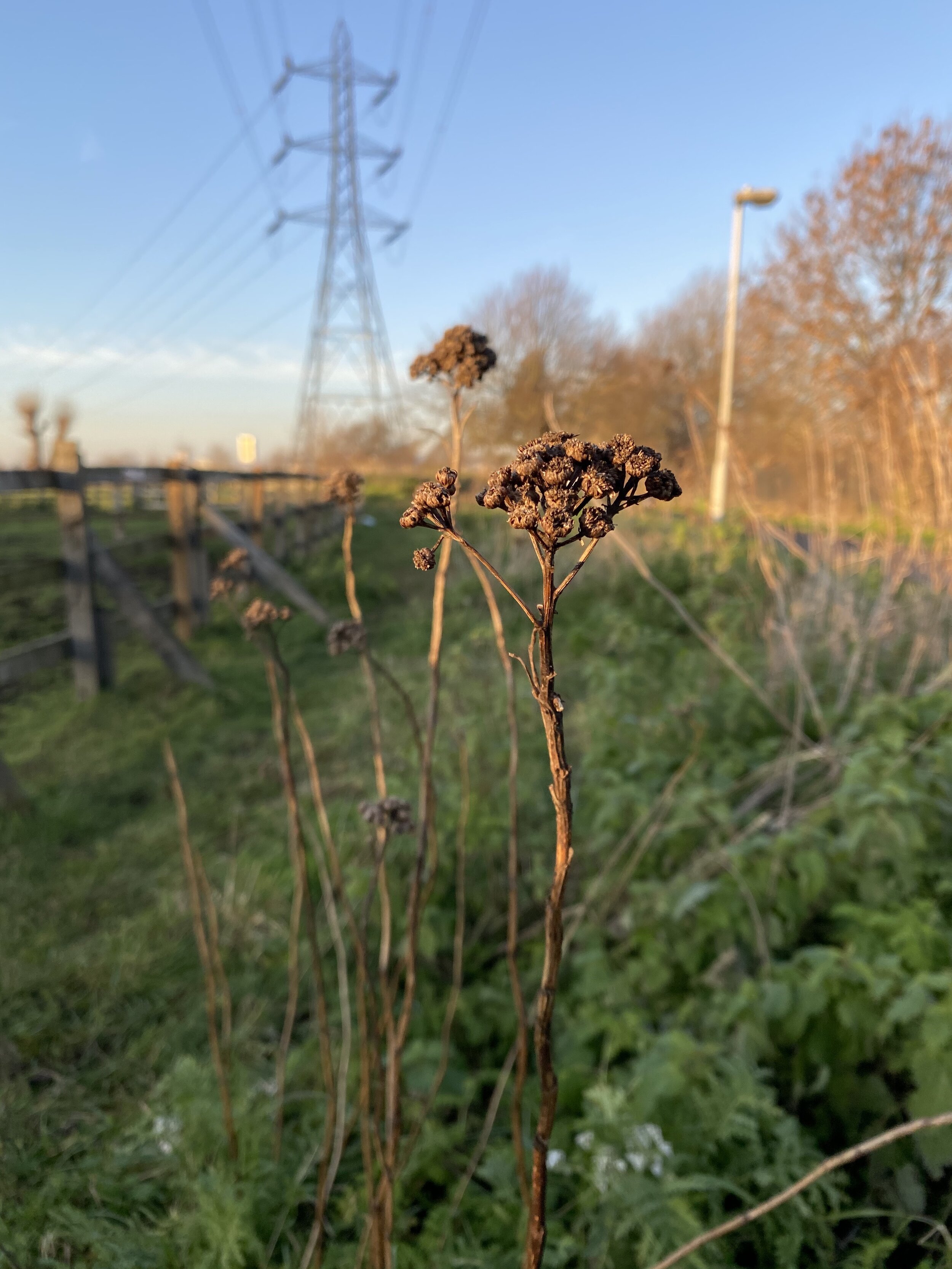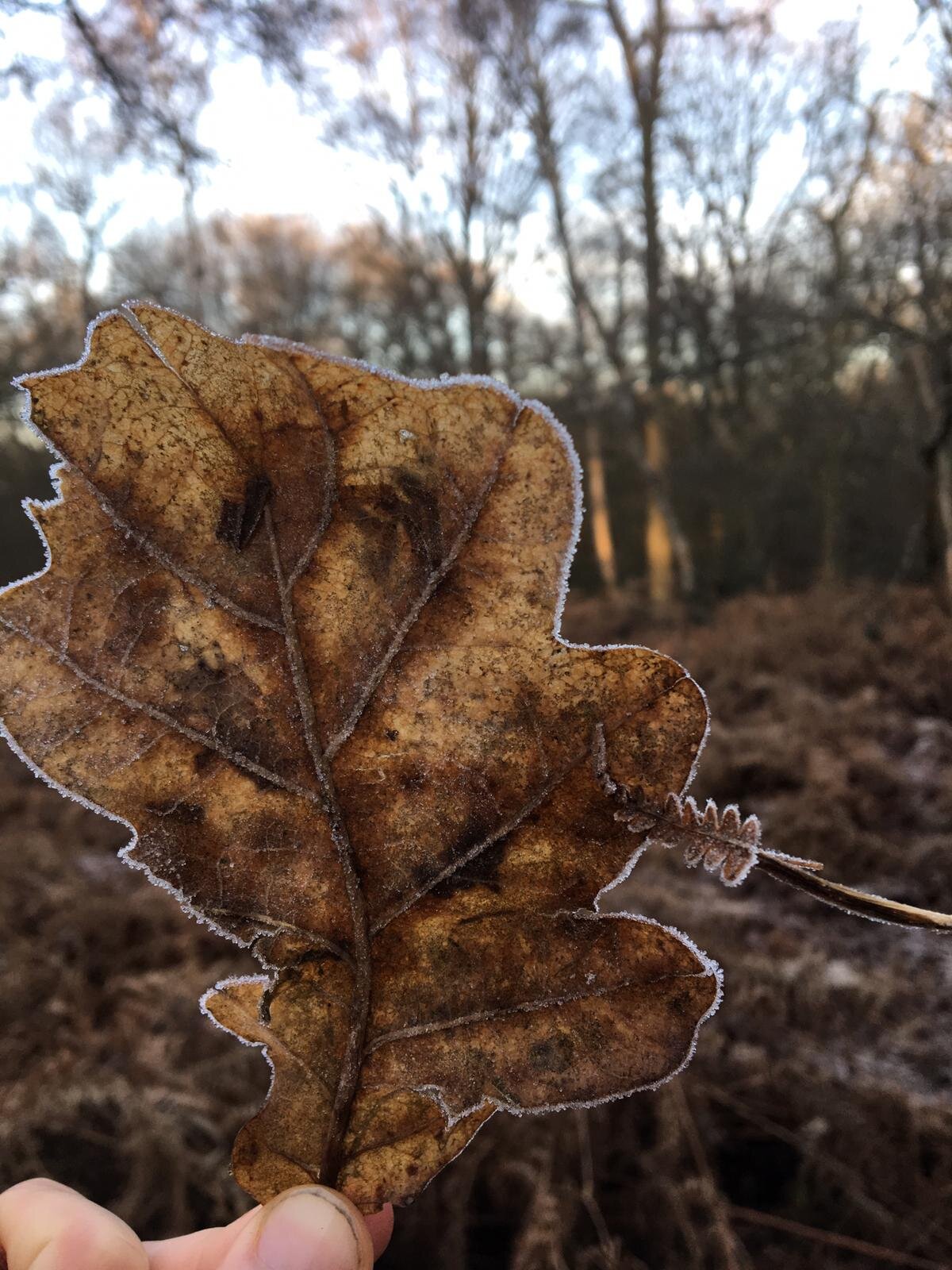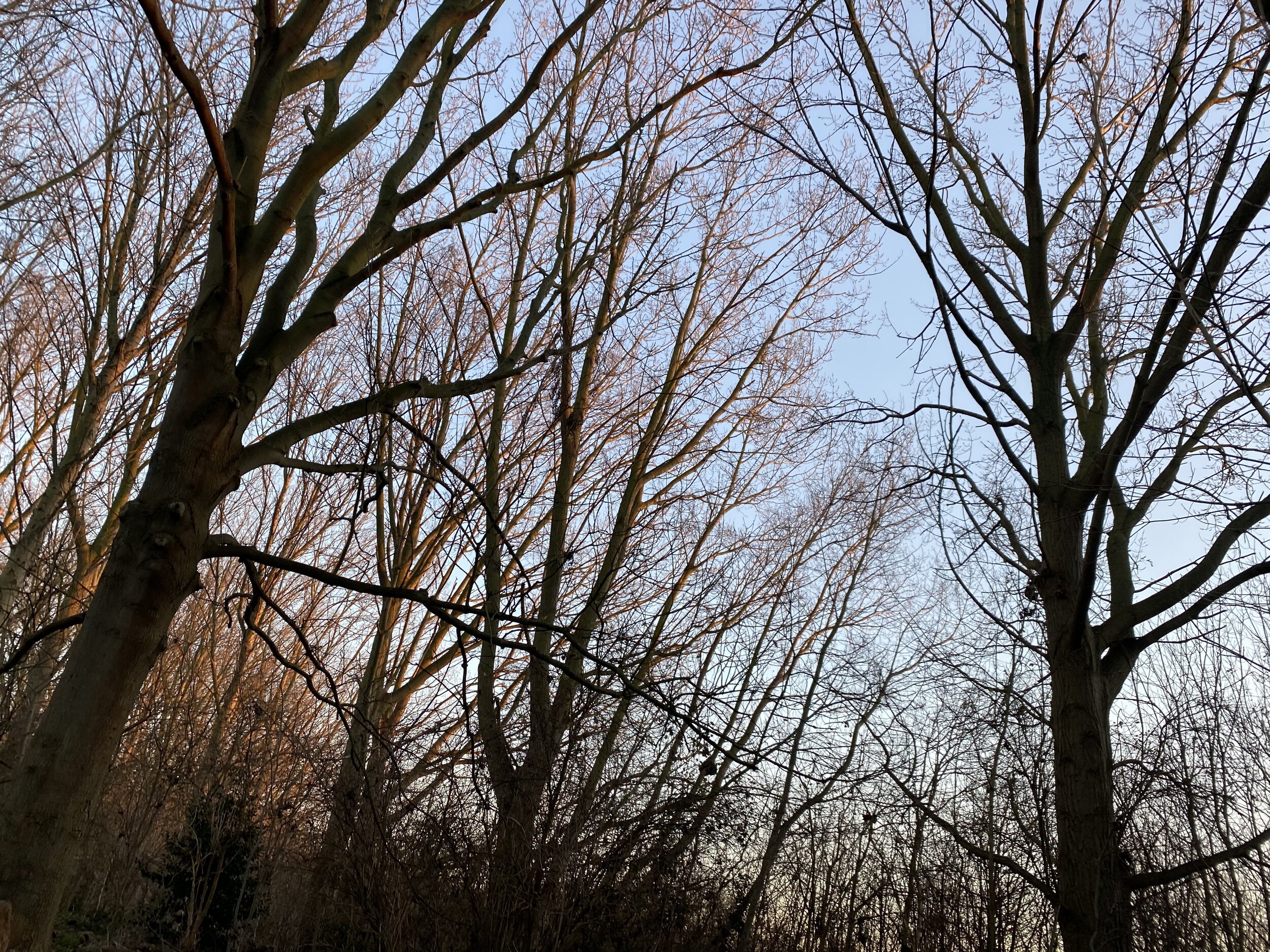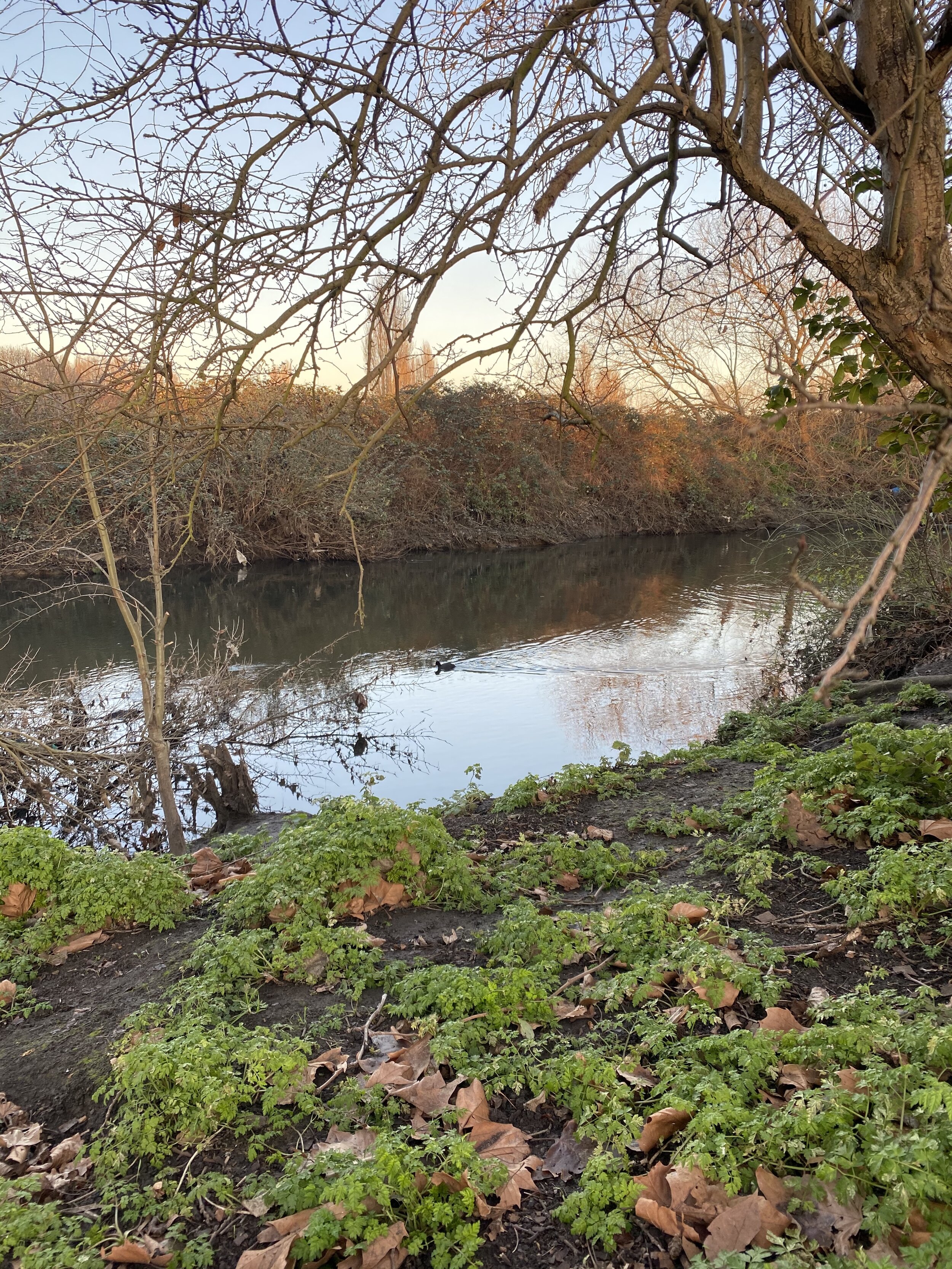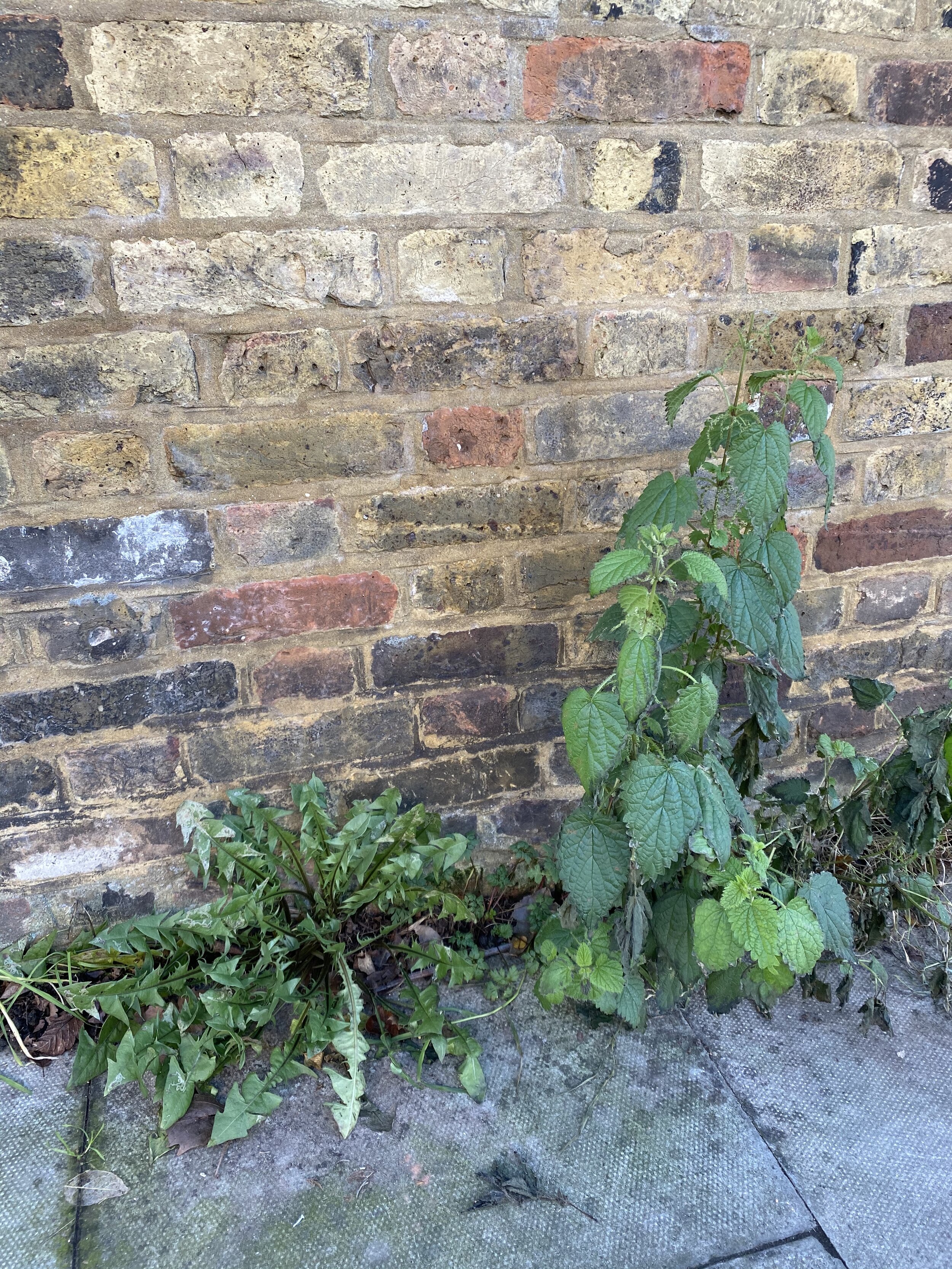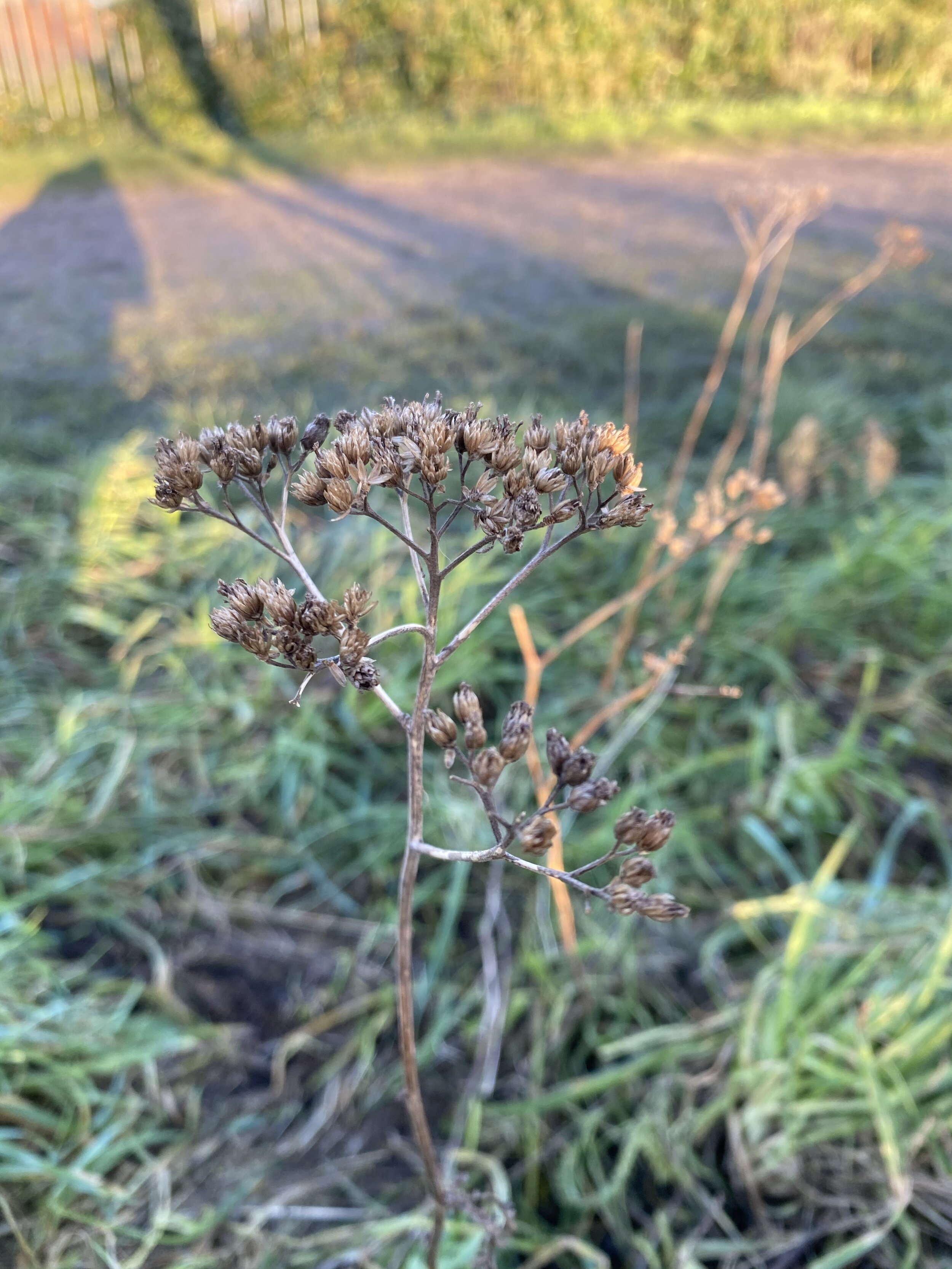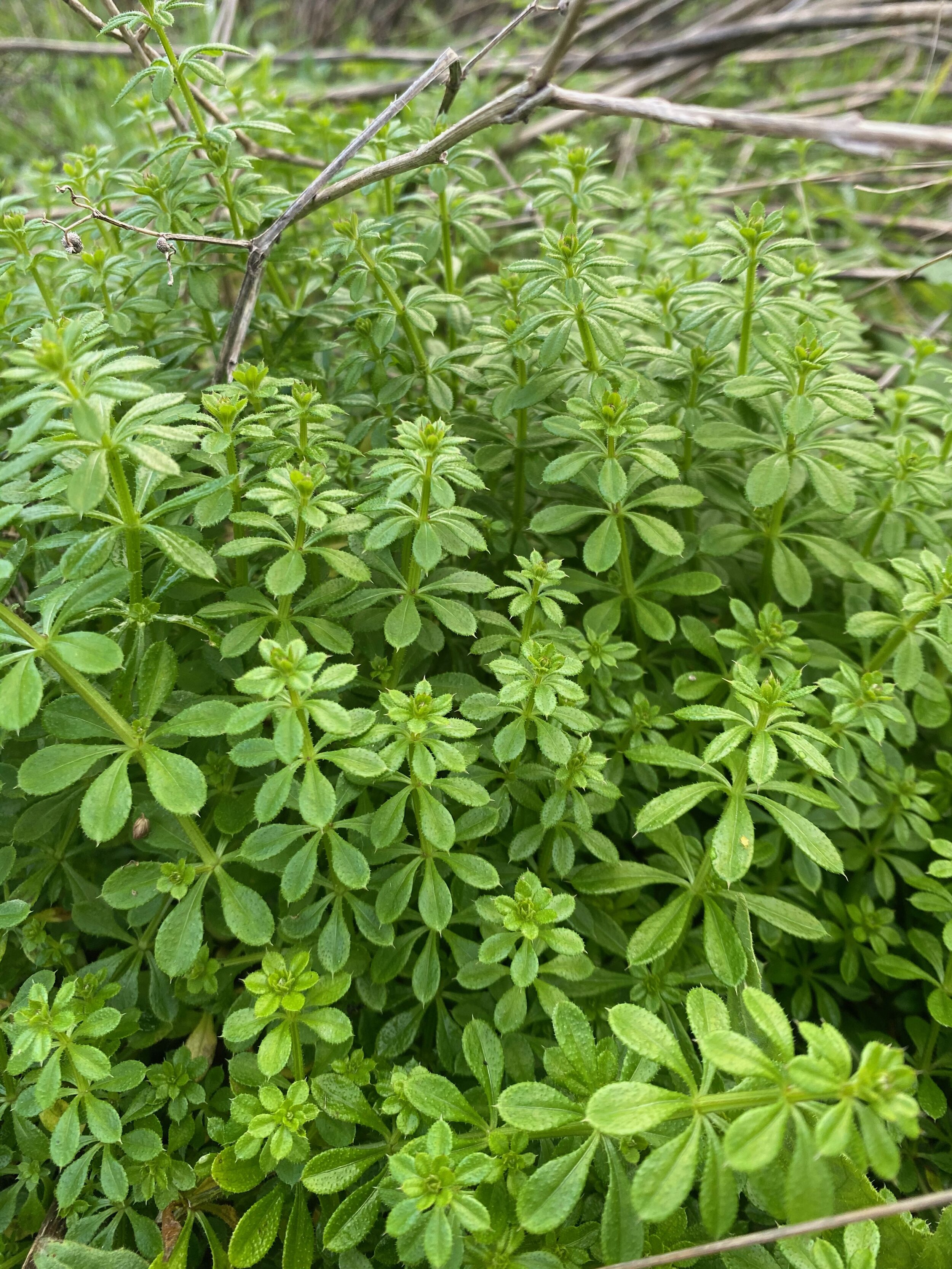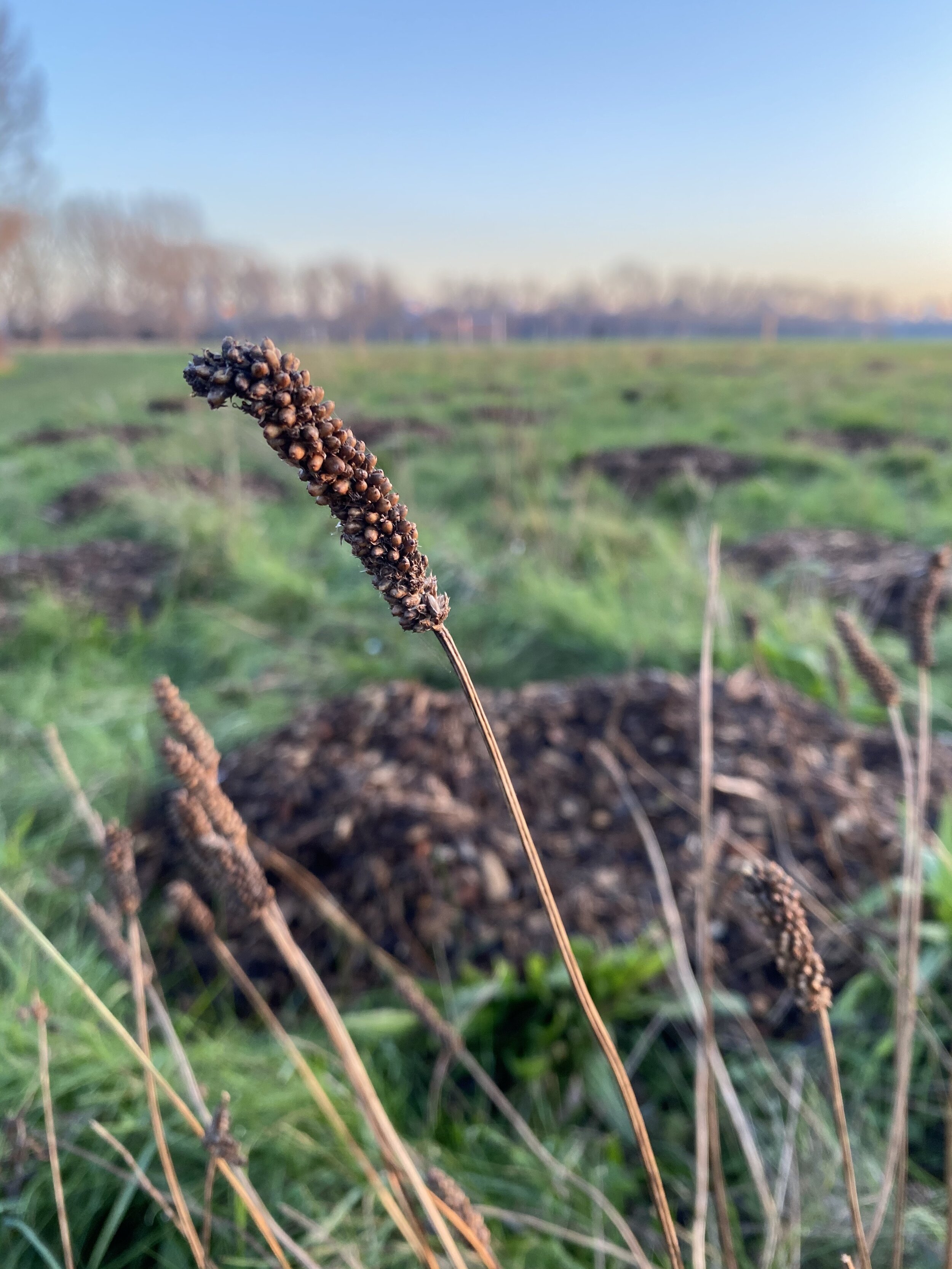10 ways for everyone to connect to nature during winter lockdown
/Nature was a place of solace for many people during the first lockdown. More people listened to birdsong, observed wildlife and spent time in parks and green spaces, regulating their nervous systems and slowing down brain activity, than ever before. Visitors to Epping Forest in East London jumped from an average of 4.3 million a year, to over 12 million in 2020. Nature also became a safer way to spend socially distanced time with colleagues, friends and family. Sales of thermal jeans went up by 2,400%, as many chose to socialise outdoors in colder temperatures. Of course, there are those of us who have been shielding or for whom access to green spaces is not a given.
Here at Hackney Herbal we have listened to stories of people’s access to and experience of green spaces over lockdown, and have heard people share about feeling unwelcome, anxious in ‘busy, overrun parks’, finding it difficult to manage health conditions in public outdoor spaces and put off by the increased amount of litter. Despite everyone being allowed to leave home once a day for daily exercise, access to green space is steeped in racial, social, economic and political barriers .
During this winter lockdown in the UK, we can continue to lean on nature as a guide, resource and support, and bring an awareness of each other, our environment and of the barriers many face to spending time outside. Here are some ideas for everyone to connect with nature, both outdoors, and from your home if you are isolating or have difficulty accessing a safe green space. Nature is a human right and should be accessible to everyone, especially as a resource in these times of grief, restricted freedom and uncertainty.
Outdoors //
Feel your feet on the ground // A simple, grounding starting point that’s easy to forget. What do your feet feel like on the ground? Can you feel the contact between the soles of your feet and your socks? What temperature are your feet? What does the ground feel like underfoot? Hard, soft, squidgy, wet? Take a moment to notice your feet wherever you are.
Look for signs of spring // While we’ve gone into this lockdown in deep midwinter, there are signs of spring shooting up everywhere. Snowdrops come up as early as January and we are seeing many bulbs, buds and signs of life coming early this year. See if you can spot early buds on a tree or spring bulbs beginning to unfurl and push through the earth.
Identify some trees and weeds // Just as knowing a person’s name helps you know them a little more, being able to name a plant changes your relationship to it. Some common trees in urban areas are London planes (large trees with scaly bark that absorbs pollution), rowan trees (smaller trees often planted in front of houses with bright red berries) and hawthorn trees (it’s easier to see their thorns when they are bare and you might be able to spot some of their red berries still). There’s also an abundance of medicinal weeds growing out of cracks in pavements and walls. Dandelion (yellow flowers in spring - the whole plant supports the liver, kidneys and digestive system); cleavers or ‘sticky willy’ (a low growing plant that will stick to you clothes - a spring tonic for the lymphatic system) and yarrow (feathery leaves and clusters of white flowers used as a traditional cold and flu remedy) can all be found on roadsides and in parks.
Tune into your senses // Observing what you can feel, see, hear, smell and taste is a key part of nature connection, and, if you are focused on these, other thoughts about life and the pandemic are given some relief. What movements can you see from the corners of your eye without moving your head? What can you smell on the air? Where can you feel the wind touching your skin?
Litter Pick // During the first lockdown, our green spaces saw a huge rise in litter, particularly coffee cups and single use take away containers. Research shows that litter encourages more litter so can you take a pair of gloves and plastic bag with you and pick up a few pieces of litter? While supporting others who we share the parks with, it’s also a lovely meditative practice.
From Home //
Look out your window // Windows can be such a wonderful source of Nature Connection wherever they face. Can you see a tree out your window? Get to know it, identify it, watch it’s movements and how it changes over the seasons. If you can see birds from a window, watch how they feed, see if you can name what species they are and what they do or sound like at different times of day. If you can’t see trees, plants or birds from your window, watch the colour of the sky and the changes of the weather - connecting to these bigger processes can be really reassuring.
Track the movement of light throughout your home // Whether the sun is shining or not, the light changes throughout the day. What time of day does the sun shine in each room in your home? Can you notice the quality of light in different rooms at different times of the day? Can you work out the direction different rooms face by observing the light? The sun rises in the east and sets in the west, if a room gets morning light it will face east or south east and if it gets evening light, it faces west. Use the light to orientate yourself.
Spot the moon at night // Looking out a window and locating the moon is also a wonderful way to connect with nature at a much bigger scale. The moon is an amazing friend that moves through a comfortingly predictable cycle of growing to fullness (waxing), and shrinking to a dark moon (waning) over the course of a month. Can you locate the moon from your window and follow it in its cycle?
Find and share images of nature // Research among hospital patients has shown that just looking at images of nature improves mood, reduces stress levels and improves immune system function, so if you can’t get outdoors, perhaps put an image of nature as a screensaver on your phone or laptop, or send images of nature to a friend or neighbours who are isolating.
Look after a potted plant // Caring for a plant in your home is a lovely way to stay connected to the natural world. Watering, checking its growth, cleaning its leaves and creating new baby plants from it can provide a real sense of connection and satisfaction.
Whether you’re indoors or outdoors, with others or alone, this winter I hope you find the connections you need knowing that nature is not only ‘out there’, it’s inside of you too.
Words by Amy // @the.dancing.gardener


